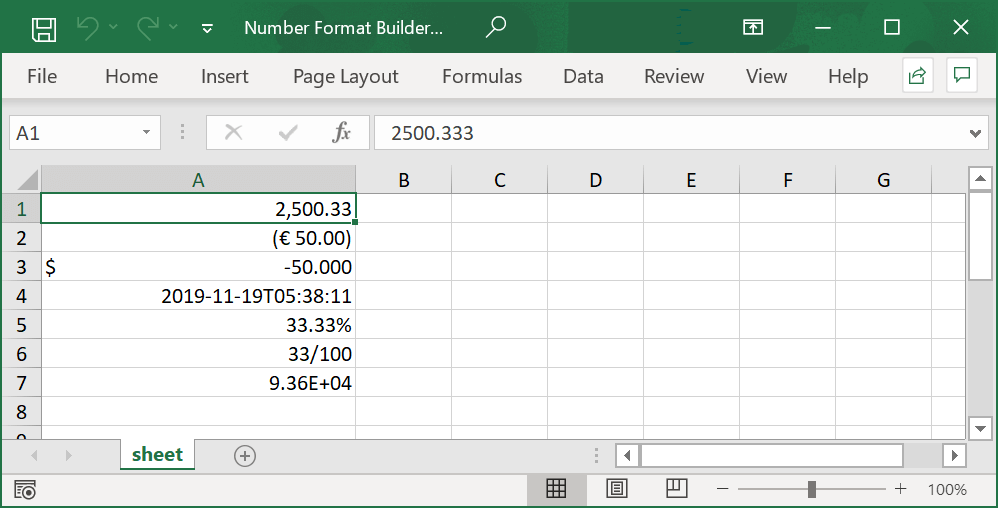


errorProvider1.SetError(textBox2, "" ).errorProvider1.SetError(textBox2, "Please enter your Age" ).errorProvider1.SetError(textBox1, "" ).errorProvider1.SetError(textBox1, "Please enter your Name" ).MessageBox.Show( "Please enter valid data" ).MessageBox.Show( "Appointment will be created now" ).if (bValidName & bValidAge & bValidTestDate).bool bValidTestDate = ValidateTestDate().private void button1_Click( object sender, System.EventArgs e).private void dateTimePicker1_Validating( object sender, e).private void textBox2_Validating( object sender, e).private void textBox1_Validating( object sender, e).errorProvider1.ContainerControl = this.private void Form1_Load( object sender, System.EventArgs e).private void label1_Click( object sender, System.EventArgs e).button1.Click += new System.EventHandler( this. label4.Text = "Setup Driving Test Appointment" dateTimePicker1.Validating += new ( this. dateTimePicker1.Name = "dateTimePicker1" label1.Click += new System.EventHandler( this. Handling Mouse Events in Visual Basic.
VB NET ERRORPROVIDER EXAMPLE WINDOWS

The ContainerControl property must be set to the appropriate container (usually the Windows Form) in order for the ErrorProvider component to display an error icon on the form. The ErrorProvider component's key properties are DataSource, ContainerControl, and Icon. The ErrorProvider component displays an error icon ( ) next to the relevant control, such as a text box when the user positions the mouse pointer over the error icon, a ToolTip appears, showing the error message string. An error provider is a better alternative than displaying an error message in a message box, because once a message box is dismissed, the error message is no longer visible. It is typically used in conjunction with validating user input on a form, or displaying errors within a dataset. The Windows Forms ErrorProvider component is used to validate user input on a form or control.


 0 kommentar(er)
0 kommentar(er)
